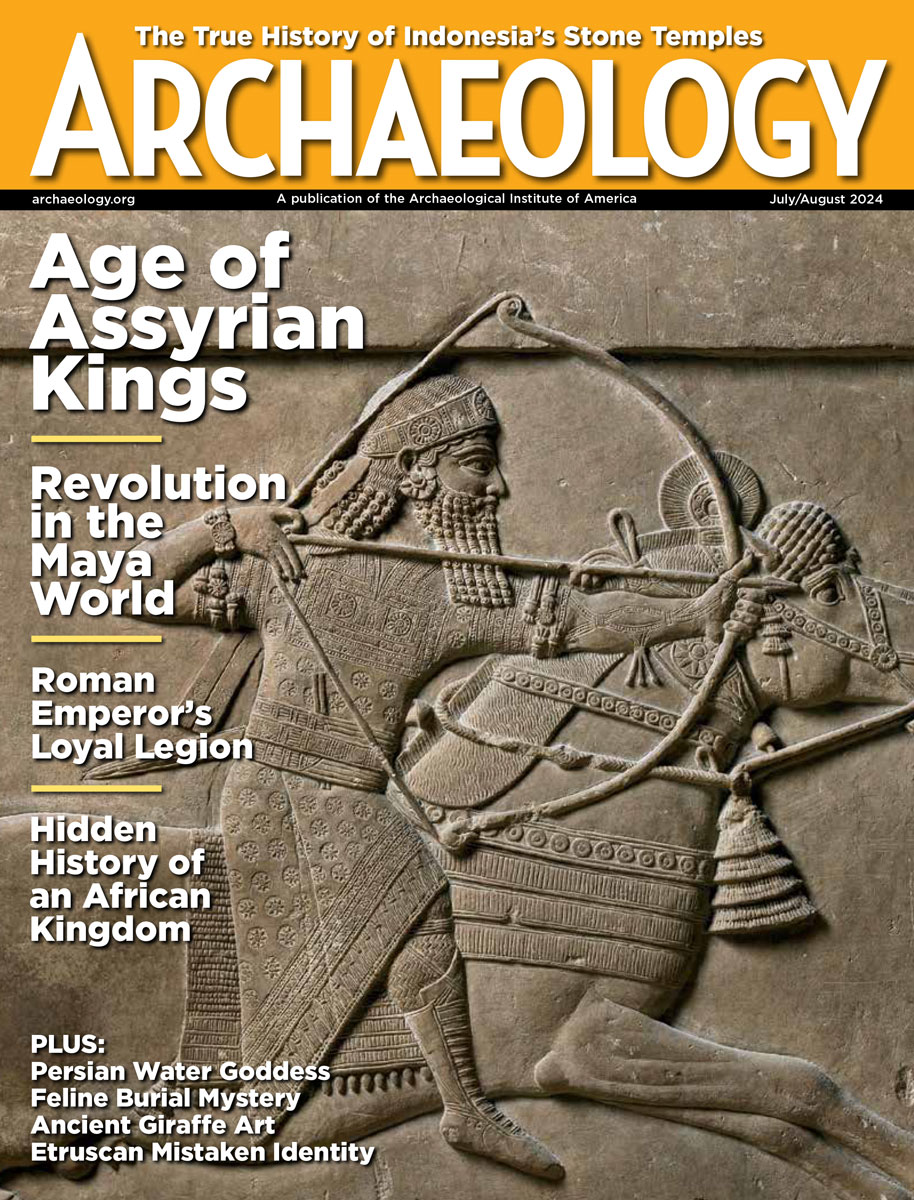Thursday, March 20
March 20, 2008
Police in Bangladesh found a 1,000-year-old statue left by a smuggler on the side of a road.
While in Italy, police announced that last year they seized 1,000 artifacts at a country home outside Rome. All of the objects had been stolen from one of Trajan’s villas, and had been incorporated into the modern home. Â
Here’s another article on Rome’s subway project. Â
Brian Rose of the University of Pennsylvania, and president of the Archaeological Institute of America, held a roundtable discussion with Donny George, former director general of the National Museum of Iraq; Cori Wegener, an associate curator at the Minneapolis Institute of Arts and a major in the U.S. Army Reserve; and Micah Garen, a filmmaker and journalist who has documented the looting of Iraqi archaeological sites, for Salon. What is the state of Iraq’s archaeological heritage, five years into the war? Â
Zahi Hawass says that Egypt’s Supreme Council of Antiquities will pull 70 artifacts loaned to the Pierre Gianadda Foundation for an exhibition titled “Gifts of the Gods: Images from Egyptian Temples,” if photographs “undermining Egypt and its civilization” are not removed from the show.
- Comments Off on Thursday, March 20
Wednesday, March 19
March 19, 2008
Iraqi extremist groups are receiving funding from the trafficking of looted antiquities, according to an investigation by Marine Reserve Col. Matthew Bogdanos, who is also a New York assistant district attorney. But Antonia Kimbell, an art trade manager at The Art Loss Register, says “We haven’t come across a direct link.”
A red sandstone sculpture of the Buddha created in the second century A.D. has been uncovered at a monastery in Pakistan. “It was brought by monks traveling from the religious centre Mathura in Central India, as a gift for the monastery here at Badalpur. It’s unique in the Gandhara region that stretches from Jalalabad in Afghanistan to Taxila,” said Muhammad Ashraf Khan, director of exploration and excavation for the Department of Archaeology and Museums. Â
An intact hoard of silver coins dating between 600 and 400 B.C. was discovered at Wari-Bateshwar in Bangladesh. The coins indicate that the site was a Mahajanapada, or one of the earliest states on the Indian subcontinent. Â
Stanford University archaeologists and students are excavating the ruins of the school’s original gymnasium, library, and museum annex, destroyed in the 1906 earthquake. They want to know why the spanking new buildings collapsed. Â
Russian archaeologists hope to continue digging in Yekaterinburg, at the site where the remains of a teenaged boy and a teenaged girl thought to be the two youngest Romanov children were uncovered last summer. Â
A rare 2,000-year-old silver coin known as a half shekel was discovered in Jerusalem’s main drainage channel. Â
The world’s largest forensic anthropology laboratory is located at Hickam Air Force Base in Honolulu. Teams here work to identify America’s war dead.
- Comments Off on Wednesday, March 19









